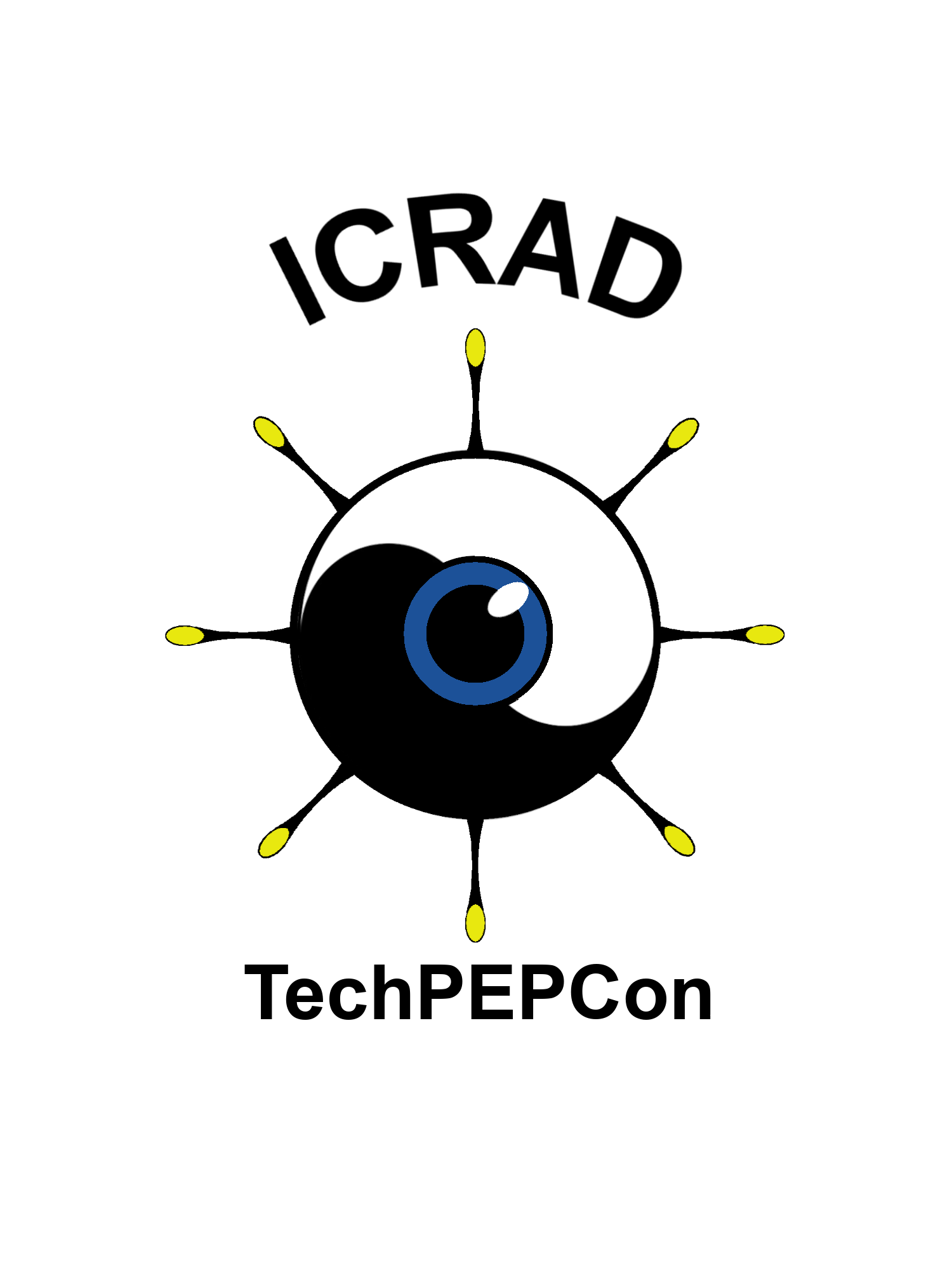Pig industry has evolved extremely rapidly during the last decades. The exponential increase in the number of animals combined with their worldwide transport and the globalization of feed components favor a continuous fast-spread of infectious agents throughout the world.
Major gaps in their control include difficulties to (1) recognize diseases at an early stage, (2) swiftly identify pathogens and pathogen complexes, and (3) convince farmers on the importance of an efficient biosecurity. We will use novel technologies to address these issues: (1) Real-time detection of clinical signs using sensors recording animal physiological and environmental conditions (Healthy Climate Monitor); (2) Use of a new sampler developed by Ghent University and licensed to the spin-off PathoSense allowing on-site purification of material from live and deceased animal. Direct nanopore sequencing and data analysis through a novel diagnostic software platform allow rapid viruses and bacteria identification, without the need of any prior pathogen knowledge; (3) A risk-based biosecurity scoring system (Biocheck.UGent) to evaluate the quality of the on-farm biosecurity.
"We will first apply these technologies to farms without overt clinical signs but with low productivity",

Professor Hans Nauwynck, coordinator of the project, explains.
"Sub-clinical bacteria and virus circulation will come to light. This will allow recommendations to improve the biosecurity level. Secondly, we will use the same technologies on farms with clinical outbreaks. The pathogens will be identified together with negative environmental and biosecurity factors. This will allow to develop pathogen-specific treatments and prevention together with adaptation of the environment and biosecurity. A selection of newly identified viral strains will be used in experimental infections to determine the clinical and pathological outcome. Finally, a spatio-temporal pathogen tracking system for veterinary medicine will be developed for farmers, veterinarians, decision makers and pharmaceutical company as a tool for combating emerging endemic or epidemic virus spread".
 TechPEPCon project: Use of frontline technologies to screen pathogens, environment and pigs for a better disease control in swine herds
TechPEPCon project: Use of frontline technologies to screen pathogens, environment and pigs for a better disease control in swine herds